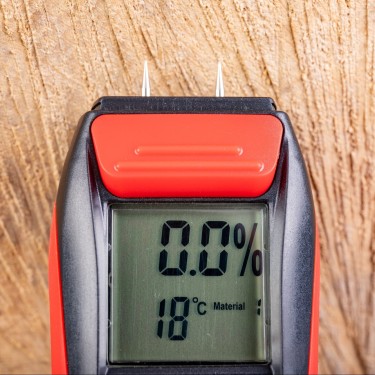This FH series introduces readers to a few of the women who make up 11 percent of the construction workforce in the U.S., sharing stories of their careers in the field.
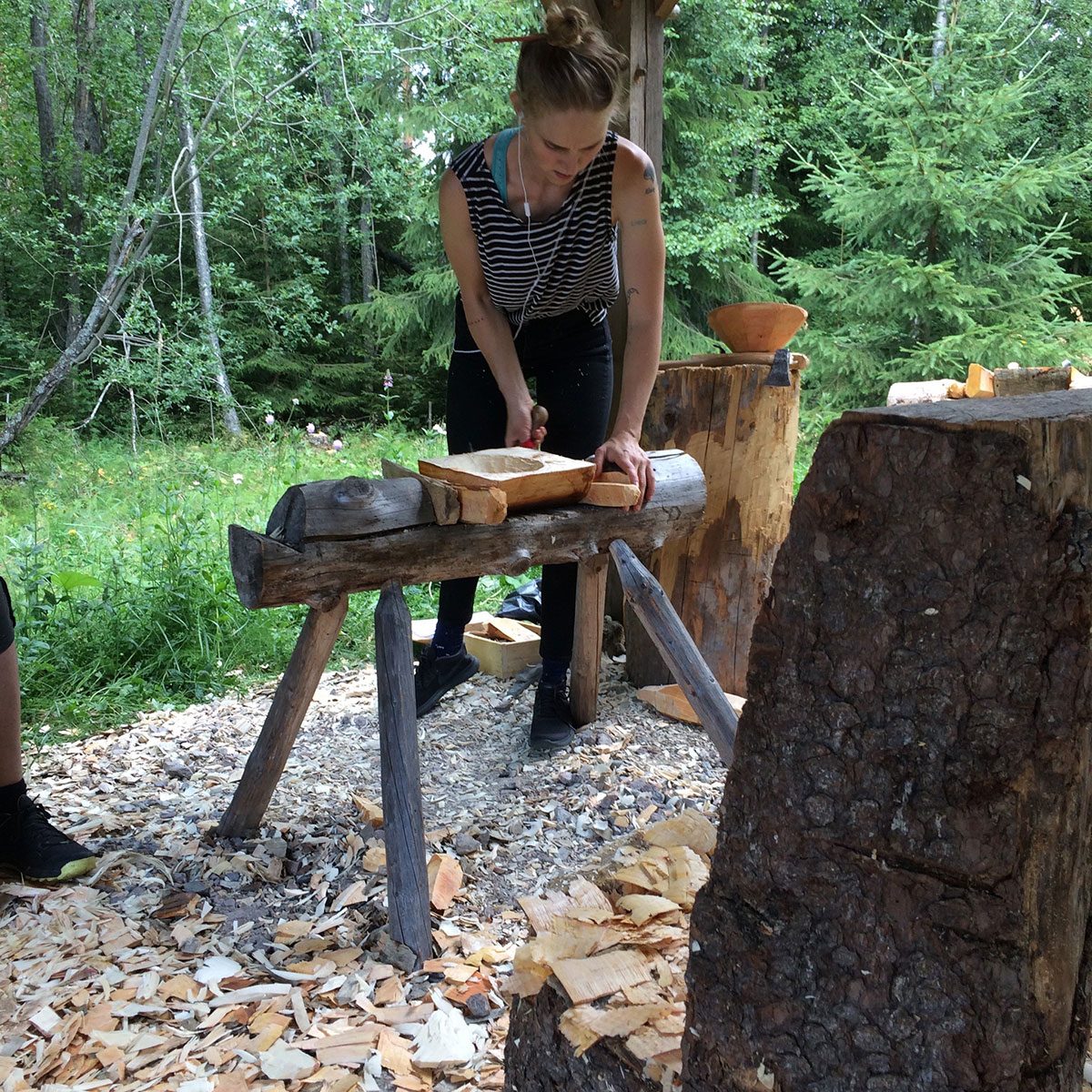
Jess Hirsch, Carpenter and Woodworker
From cutting bathroom trim to carving dough bowls with Norse tools, Jess Hirsch loves all things wood. Since earning a master’s degree in fine arts from the University of Minnesota in 2013, Hirsch has worked primarily as a sculpture artist. She founded the nonprofit Fireweed Community Woodshop, which helps empower women and non-binary people through teaching woodcraft. Classes range from DIY renovation to furniture making to basket weaving. Hirsch personally teaches bowl turning and spoon carving.
“I like the intimacy of working with wood. I just have an affinity to the material because of its organic nature, how you have to have this physical dance while shaping it, and how it’s connected to the landscape. It constructs our homes, stirs our food, and can be purely an object of beauty.”
Read the full feature here.
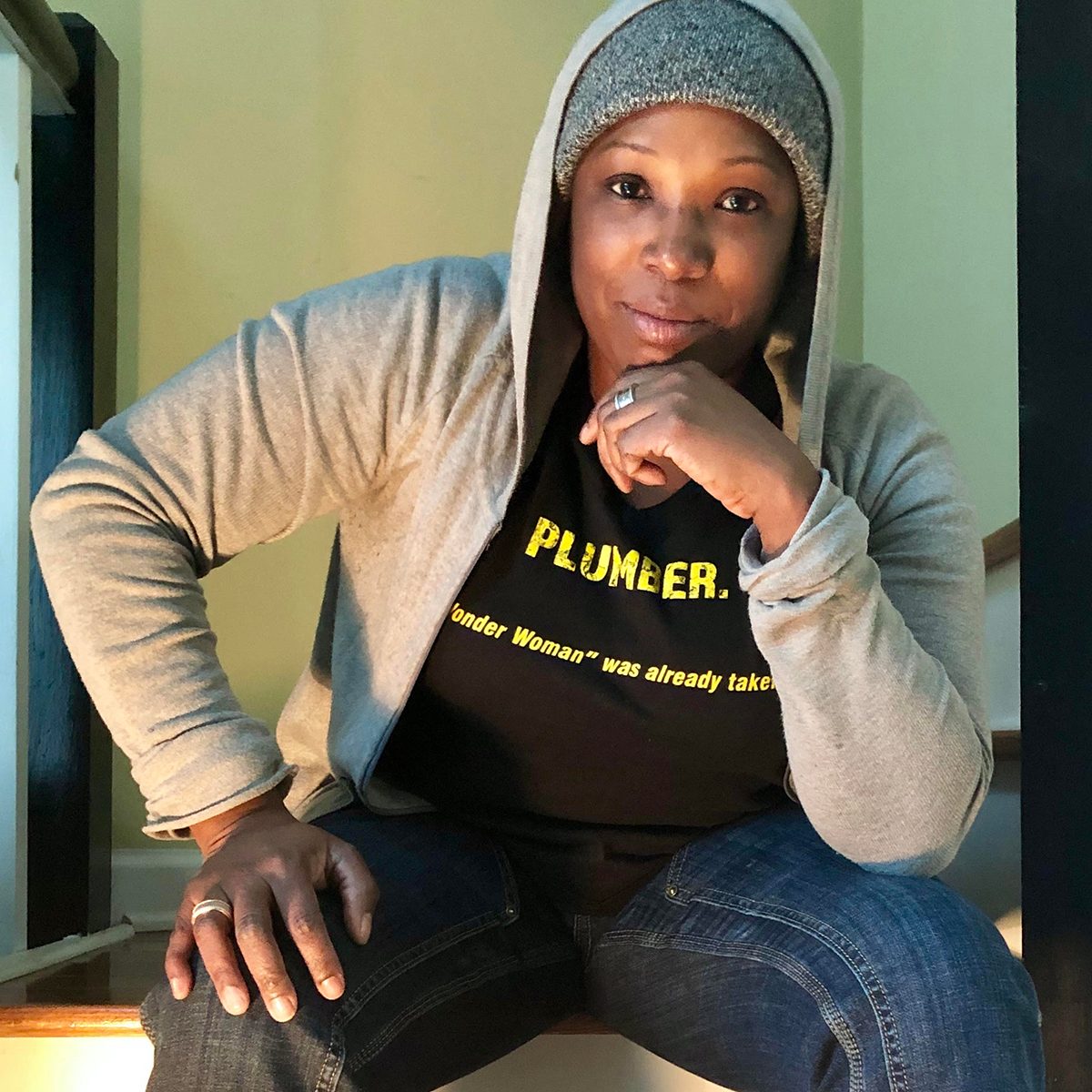
Judaline Cassidy, Plumber
When Judaline Cassidy set her sights on atrade school educationin her home country of Trinidad and Tobago, the not-quite-five-foot-tall young woman first had to convince the instructor she couldhack it as a plumber.
“I literally dropped down and was doing push-ups and saying, ‘I got this!’ ” she says. “And that’s how I got accepted into the program.”
After school, Cassidy moved to New York City, where she worked as a nanny, housekeeper and personal shopper. Once she dug into plumbing, she quickly excelled, becoming one of the first women accepted into Plumbers Local No. 371 on Staten Island.
Twenty-five years later, she is still passionate about the trade and her union whilemastering her craftfor the New York City Housing Authority.
“Jobs don’t have genders and the trades can be your ticket from poverty to middle class. Plumbing did that for me. I grew up not loving myself, not having any self-confidence. But when I picked up a tool, it changed the way I viewed myself and how great I was. It’s empowering.”
Read the full feature here.
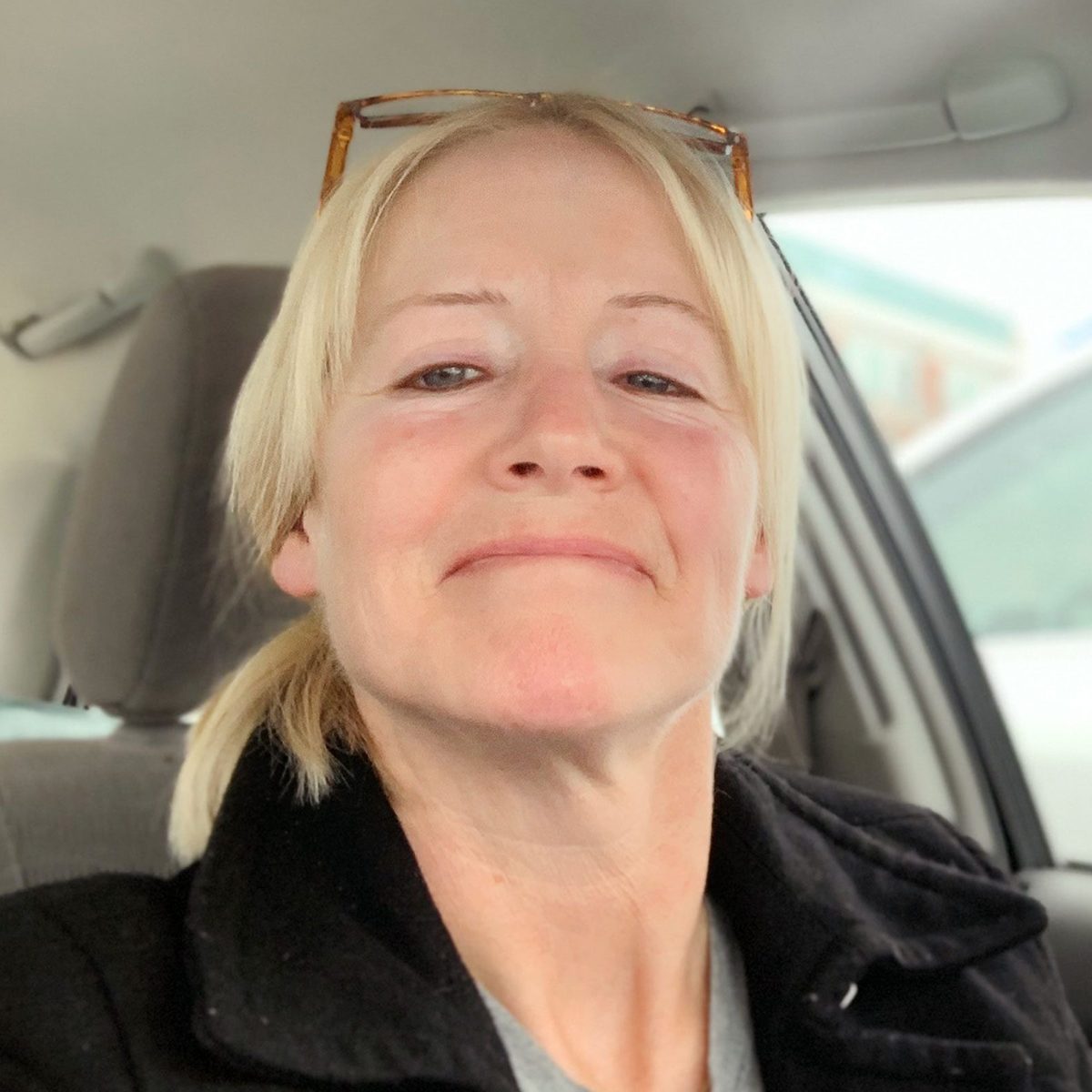
Jenny McCarthy, Painter
In her early 20s, McCarthy quit her job as a secretary and left home for the first time to complete a ten-week course in wallpapering. After graduation, she often wallpapered alongside her father when he painted houses, a side gig to his job as a history teacher. For a decade, business boomed.
“Thirty-plus years ago, wallpaper was the thing,” she says. “Then, in the blink of an eye, everybody was like, ‘No, I don’t want wallpaper anymore, let’s strip it all off.’ ”
McCarthy rolled with the times and worked double-duty to learn painting skills from her dad. Before long, she turned that knowledge into a full-fledged arm of her business. More recently she branched out again, inventing and launching the Stud Hugger, a drywall-hanging tool.
“If you do your best, you’ll outshine the son of a gun who is a little bit insecure and doesn’t want you there. Blow past them with your work ethic, quality and tenacity to succeed. But always keep in the back of your mind, you have nothing to prove except to your customers, who will never stray if they feel you are taking care of them.”
Read the full feature here.
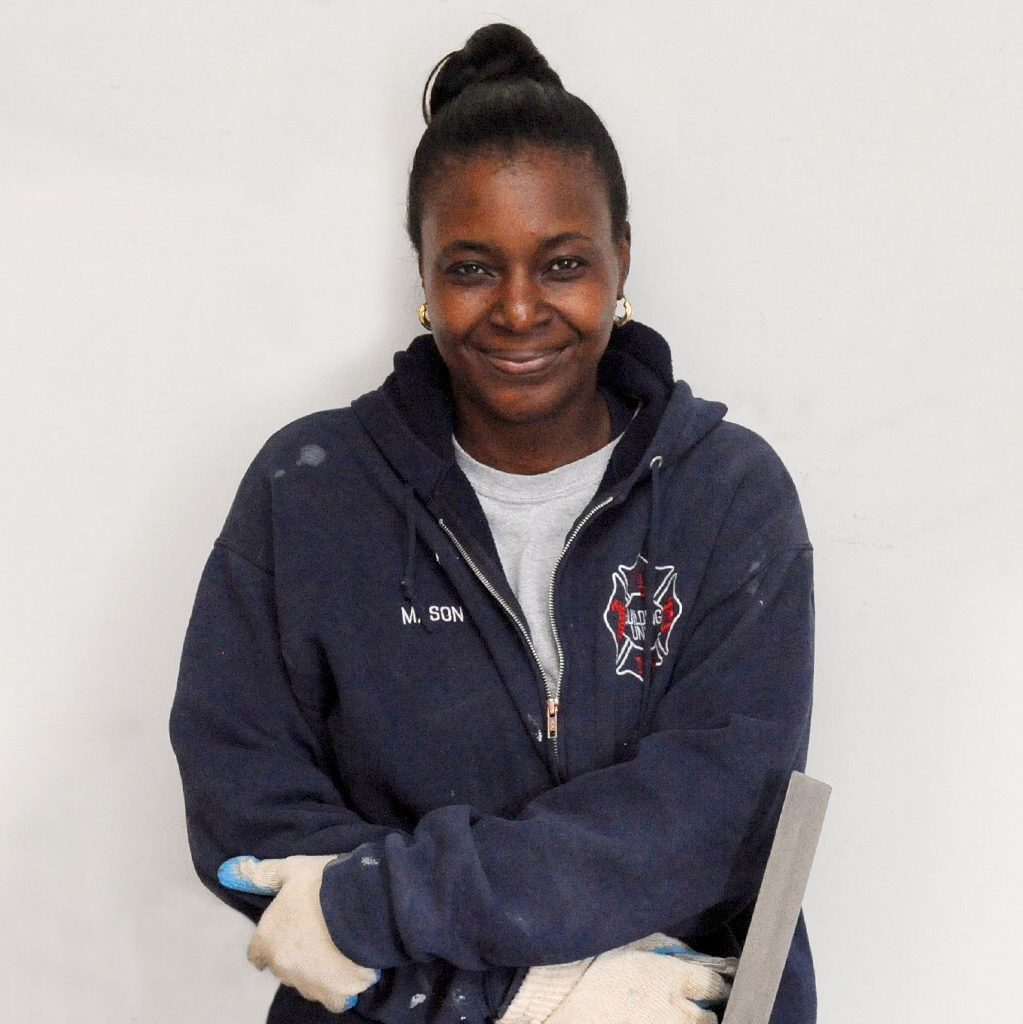
Andrea Harris, Cement Mason
Andrea Harris first worked building bridges and high rises. After donating a kidney to her mother in 2005 — “One of the best things I have ever done,” she says — Harris switched to the public sector, becoming the first woman cement mason for the New York City Fire Department (FDNY).
“I said, ‘I’ll do anything right now that makes money,’ but no one believed me,” she says. “I don’t want to say I’m a girly girl, but I’m soft, and some people were like, `There’s no way you can do that.’ And now I’m going into my 26th year as a cement mason. Wow.”
Her day-to-day duties include repairing curb aprons, garage floors and other projects that keep firehouses safe.
“When I’m driving by a construction job and I see all of these women working, in my heart I’m cheering. You remember how we were out there clapping for the first responders? I want to be out there clapping for these women, because look at what’s changed from where we started 20-plus years ago. I absolutely love that.”
Read the full feature here.
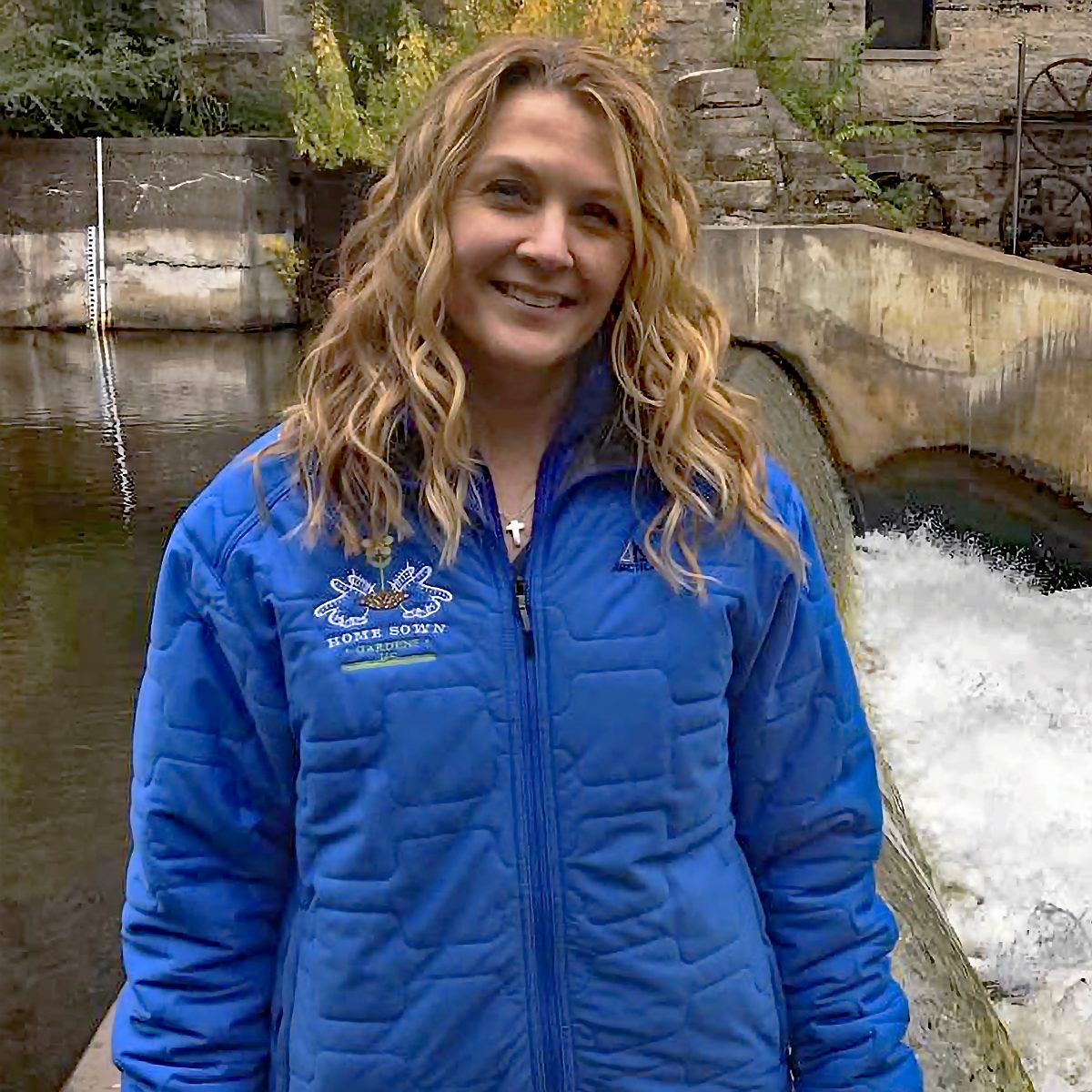
Tami Gallagher, Gardener
Tami Gallagher used to help peopleorganize the inside of their homes. She did it so well that some of her clients suddenly had free time to focus on their yards. Then Gallagher discovered she was good at that, too. Before long, she shifted her business to professional gardening services, following her natural love of plants and critters.
The transition didn’t happen overnight. She studied master gardening at the University of Minnesota and took as many horticulture and business classes as she could find. She found mentors through landscaping networking groups before taking theMinnesota Nursery and Landscape Association (MNLA)professional exam.
“There’s also a perception that gardening is easy, unnecessary or non-essential; just a woman in her little straw hat with a watering can. So we fight the perception that we are not doing hard physical work. We get just as hot and sweaty and need to be as physically fit as everybody else in the industry.”
Read the full feature here.
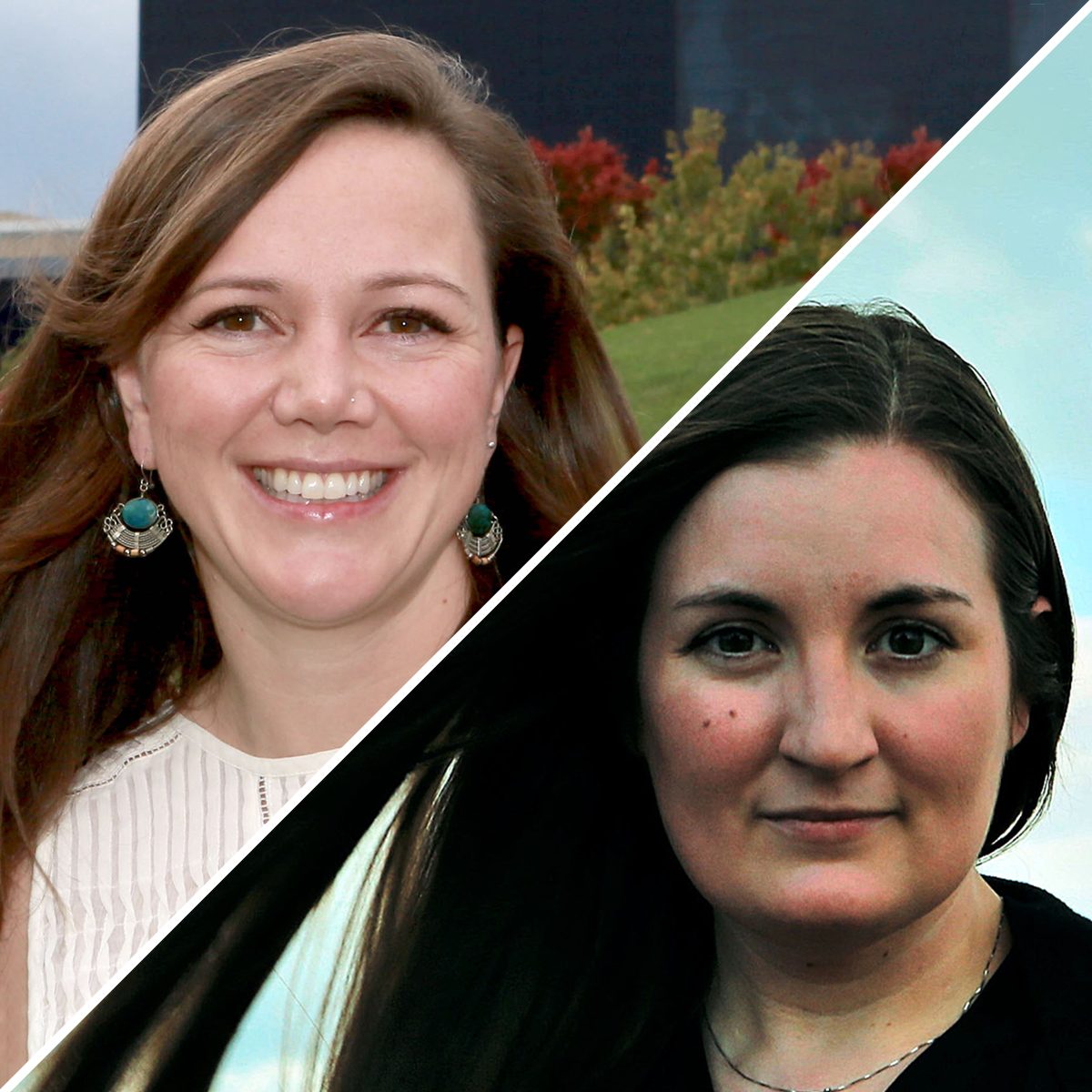
Elizabeth Turner and Abby Meuser-Herr, Architects
Abby Meuser-Herr (AIA, CPHC) and Elizabeth Turner (AIA, CPHC) have big goals. They don’t just want their architectural firm to be successful. They want to create sustainable, equitable communities for all.
They’re part of a worldwide push to turn their industry carbon-neutral by 2030. That’s a critical goal, since buildings and the materials used to make them account for39 percent of annual global greenhouse gas emissions.
The two met in graduate school at the University of Minnesota. They later worked at the same firm for a few years, until they became frustrated with the industry’s slow pace of implementing climate-forward practices. Now they head their own firm, Precipitate, that builds energy-efficient multifamily housing projects.
“We both came from firms where it was a fine workplace overall, but we realized we had hit that glass ceiling. We had to break away and do our own thing so we felt like we were being authentic to our calling.”
Read the full feature here.


